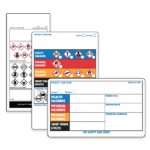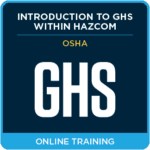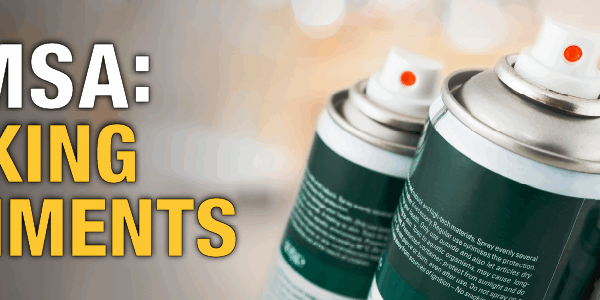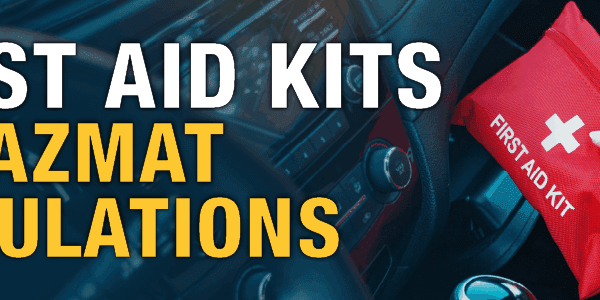
OSHA Top 10 for 2023
The National Safety Council releases the Top 10 OSHA violations for the year, the most frequently cited standards following inspections of worksites by federal OSHA for all industries.
These violations are published to alert employers about these commonly cited standards so they can take steps to find and fix recognized hazards addressed in these and other standards before OSHA shows up. The top 10 most frequently cited standards for the fiscal year 2023 (Oct. 1, 2022, to Sept. 30, 2023) are:
- Fall Protection, construction (29 CFR 1926.501) – 7121 violations
- Hazard Communication, general industry (29 CFR 1910.1200) – 3213 violations
- Ladders, construction (29 CFR 1926.1053) – 2978 violations
- Scaffolding, construction (29 CFR 1926.451) – 2859 violations
- Powered Industrial Trucks, general industry (29 CFR 1910.178) – 2561 violations
- Lockout/tagout, general industry (29 CFR 1910.147) – 2554 violations
- Respiratory Protection, general industry (29 CFR 1910.134) – 2481 violations
- Fall Protection Training, construction (29 CFR 1926.503) – 2112 violations
- Eye and Face Protection, construction (29 CFR 1926.102) – 2074 violations
- Machinery and Machine Guarding, general industry (29 CFR 1910.212) – 1644 violations
It is important to note that the order of the top 10 violations changes yearly, but the same violations appear year after year.
Employers can take several steps to avoid the OSHA top 10 violations. Here are some tips to help you get started:
Stay informed: Keep up to date with the latest OSHA regulations and guidelines. This will help you identify potential hazards and take steps to address them before they become a problem.
Train your employees: Ensure that they are properly trained on the safety procedures and protocols relevant to their job. This will help them identify and avoid potential hazards.
Conduct regular safety inspections: Regular safety inspections can help you identify potential hazards and take steps to address them before they become a problem.
Provide personal protective equipment (PPE): Ensure your employees have access to the appropriate PPE for their job. This can include items such as hard hats, safety glasses, and gloves.
Encourage reporting of hazards: Encourage your employees to report any potential hazards they identify. This will help you identify and address potential hazards before they become a problem.
Create a culture of safety: Make safety a top priority in your workplace. Encourage your employees to take an active role in identifying and addressing potential hazards.
By following these tips, employers can help reduce the risk of OSHA violations and create a safer workplace for their employees. Need help with your Hazard Communication program? Contact us, we would be happy to assist.
Stay up to date and sign up for our newsletter!
We have all the products, services and training you need to ensure your staff is properly trained and informed.
 Just HazCom and GHS Just HazCom and GHSWithin OSHA Bundle |
 GHS & WHMIS GHS & WHMISWorkplace Labels |
 OSHA Training OSHA Training |






 ICC USA
ICC USA ICC Canada
ICC Canada